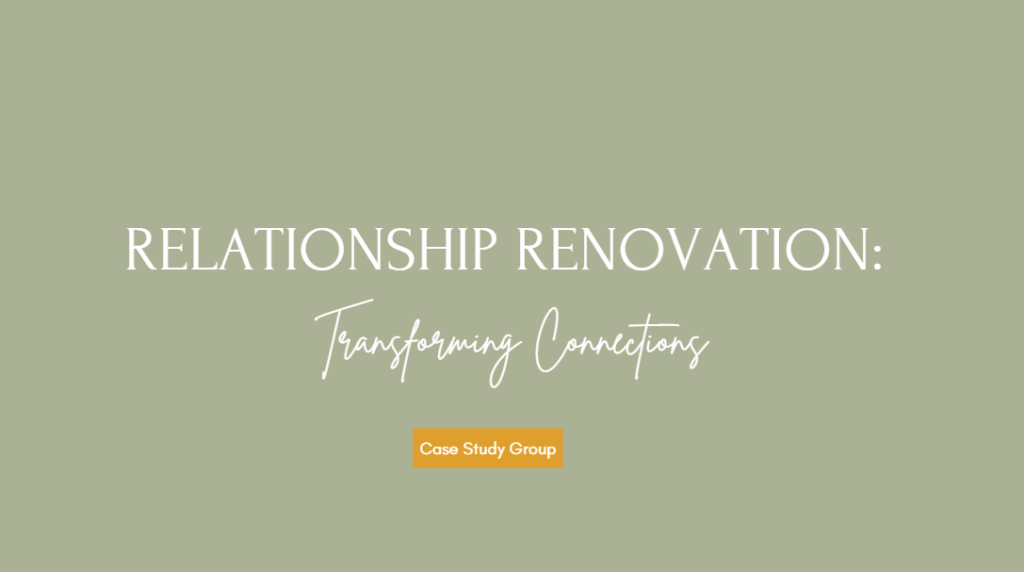Note: This post contains affiliate links
If you’ve taken Psych 101, you have most likely heard about attachment theory. Now, there has been a lot of research about how children develop attachments to their primary caregivers and how their attachment affects them as they grow into adulthood. What the research shows is that the way a parent responds to and connects with their child greatly impacts the child’s ability to have secure, healthy relationships when they grow up to be an adult.
As a parent, that sounds like a lot of pressure…am I right?
I’m not looking to freak anybody out with this post. So, as you review the research, just keep in mind that as someone who has had to recognize and heal from her own anxious attachment style, there are worse things that some kids have to overcome as adults. Plus, I don’t know that any of us get out of childhood completely unscathed 🙂, even when we have good parents.
In this blog post, I’ll review some of the research and share some steps you can take to respond to and connect with your children, to not only have a great relationship with them when they’re young but to set them up for success in their adult relationships as well.
Let’s start with the (not so exciting) research…
Mary Ainsworth conducted an experiment in the 1970s she called the “Strange Situation.” This was an experiment designed to observe attachment security in children within the context of their relationship with their mothers.
In the experiment, a mother and her child (ages 9-18 months) are separated and reunited, at times with a stranger present in the room, to observe the child and see how they react when the mother leaves and returns.
- In the first stage of the experiment, the mother and infant enter a room that has two chairs and some toys, to get used to the room before the experiment begins. The infant begins to play with the toys.
- In the next phase, a stranger enters the room and begins to converse with the mother.
- Next, the mother leaves the room and the stranger interacts with the infant.
- Mother then returns to the room and researchers note how the infant reacts upon her return.
- Mother and stranger then both leave the room, leaving the infant alone.
- Then the stranger returns to the room and the infant’s reaction is recorded.
- Finally, mother returns to the room and the stranger leaves, and the infant’s reaction to mother returning is noted.
During this experiment, researchers take note of the infant’s willingness to explore, the separation and stranger anxiety that arises, as well as the reunion behavior.
Through this study there were found to be 3 attachment styles:
Secure: if an infant was securely attached, they explored their environment and were moderately distressed when their mother left the room. They also showed moderate anxiety when the stranger approached them. And they sought contact with their mother when she returned.
Researchers thought these children felt confident their mother would be available to meet their needs and saw their mother as a safe base to explore their environment, who they could also seek in times of distress. This attachment style represents a strong emotional connection and trust in the mother as a source of comfort.
Insecure Avoidant: if an infant was insecure avoidantly attached, they were unconcerned by their mother’s absence when she left the room and showed little interest when she returned to the room. They also did not wish to interact with the stranger.
These infants were very independent, both physically and emotionally, from their mother. In this case, the infants likely had insensitive caregivers who ignored their emotional needs.
Insecure Ambivalent or Resistant (more commonly known today as Anxious Attachment): in this instance, the infant was clingy to their mother and unwilling to explore their surroundings. They became extremely distressed when left alone by their mother and were afraid of the stranger. When their mother returned, they went to her for comfort but could not be comforted easily and may have even showed anger towards her.
This behavior results from an inconsistent response to their emotional needs from the primary caregiver.
As stated earlier, the attachment we form to our parents is carried forth into adulthood and is reflected in our adult relationships. If our parents were emotionally mature and were consistently attuned to our needs, we act secure in our adult relationships. If our parents were emotionally immature and/or were inconsistently attuned to our needs, or invalidated or neglected our needs, we act anxious or avoidant in our adult relationships.
If you enjoy reading and want to learn more about this topic, there is a great book called Attached: The New Science of Adult Attachment and How It Can Help You Find and Keep Love. Written by Dr. Amir Levine and Rachel Heller, they explain the different attachment styles, how they each act within adult relationships, and how to heal your attachment. It’s such a good book, I’ve read it a couple of times. I’ll include the link below if you want to check it out:
https://amzn.to/3VArAqg
How to Ensure You’re Giving Your Child What They Need To Thrive
So what’s the secret?
Well, how secure of an attachment your child develops really all comes down to the overall wellbeing of YOU, as the parent. This includes:
- How self-aware you are
- How in touch you are with your emotions
- How well you manage your emotions
- How well you manage your stress
When we carry a lot of stress and don’t cope with it in a healthy way, we typically end up doing a couple of things:
- One, explode, taking it out on people we love.
- Two, dissociate (check out) in an attempt to find an escape to get a reprieve.
Both of these strategies lead to disconnect with the people we love and, if done repeatedly, are damaging to our relationships.
If we want to keep our relationships healthy, we need to focus on our wellbeing and cope with life’s stressors in a healthy way.
How to cope in a healthy way was a lesson I did not learn until well into adulthood. If you weren’t lucky enough to have role models who showed or talked to you about how to cope with life’s stress in a healthy way, you might be finding yourself in the same boat.
To get you started, I’ve created a (free) resource that details the difference between healthy and unhealthy coping. You can get it here:
In addition to choosing healthy coping strategies while phasing maladaptive ones out, developing self-awareness of your behaviors which are negatively impacting your relationships is very important. Shadow work is an excellent way to develop that self-awareness.
If you’ve never heard of shadow work, it is an introspective process meant to increase self-awareness, facilitate self-acceptance, and address limiting beliefs that hold you back from success, to achieve personal growth and wholeness.
There are many benefits to doing shadow work, including:
- Better understanding of oneself
- Improving self-confidence
- Improving Relationships
- Better Emotional Regulation
- Discovery of your hidden inner strengths and talents
- Increasing empathy and compassion towards others
- Clarity on how your thoughts and emotions cause you to act the way you do
- Reduction or elimination of self-sabotaging behaviors
If you want to learn more, check out this recent blog post: How I Did “The Work” to Feel More Connected to Myself and Improve My Relationships.
If you’re familiar with the concept and have been considering doing some of this work, I have created a 129 page eBook to help you get started. It’s important to note that this eBook not only provides shadow work exercises, but it also has sections dedicated to helping you develop healthy coping skills and building a self-care routine.
I also post educational content about this and similar topics on Pinterest and Instagram.
Follow me here:
AND don’t forget to sign up to receive future blog posts about this topic here:
Finally,
At this time I am accepting applicants for my Coaching Program – Relationship Renovation: Transforming Connections.

This is a 90 day program designed to help you:
- Live a more mindful, present and intentional life in order to recognize and address unhealthy patterns and beliefs
- Embrace your shadows to heal what has been holding you back (aka shadow work)
- Strengthen your relationship skills to better connect and improve your relationships
This is a 1:1 coaching program where I aim to work closely with participants to help them see results; therefore, spaces are limited.
If you’re interested in learning more or applying, schedule a complimentary 30 minute Discovery Call with me here:
Thank you for reading this post! Comment your thoughts below 🙂.

A very interesting article on a subject I’ve rarely heard of. Thanks for sharing with us what is attachment and how important a parent’s well-being is to having a happy and healthy relationship with their child.
Thank you! I never fully grasped this until I had children of my own. Now it has become a topic I’m passionate about.
Wow, this is a lot of helpful information! Thanks for breaking it down in an easy to understand way.
Thank you!
Great post and interesting info. Raising kids is such a balancing act. Sometimes, it’s scary to think that the mistakes you inadvertently make as a young parent may haunt your kids during their adult years. Yikes!
It can be, but then I remember that we’re all just doing the best we can with the skills and knowledge we have at the present time! To be honest, I believe “perfect parenting” is a myth. What parenting can be, however, is an opportunity for learning and growth.